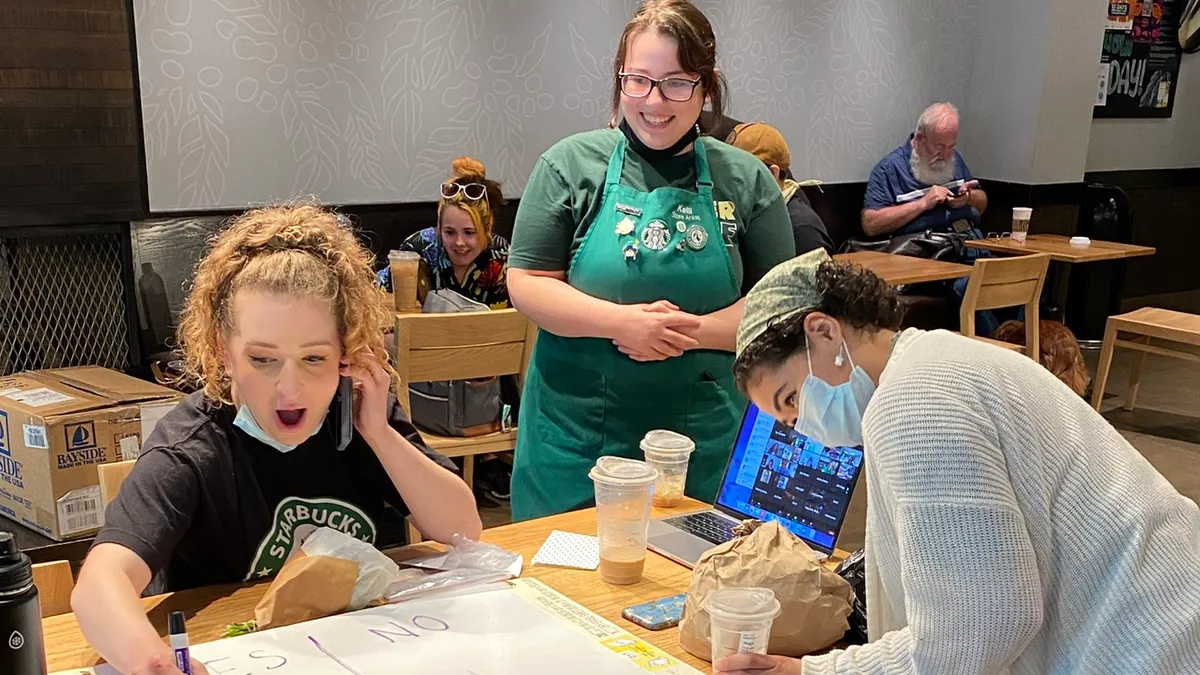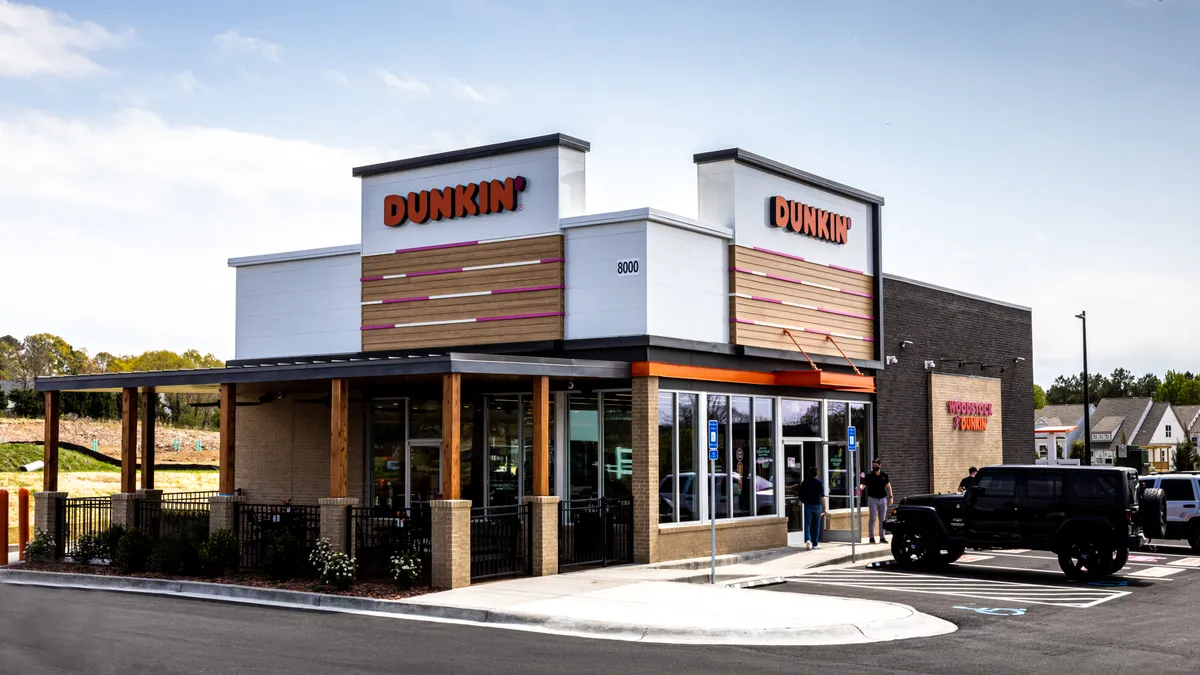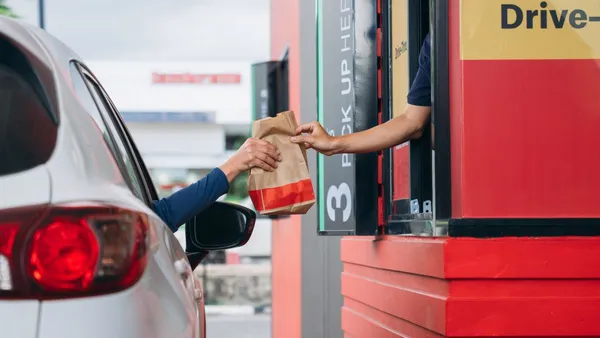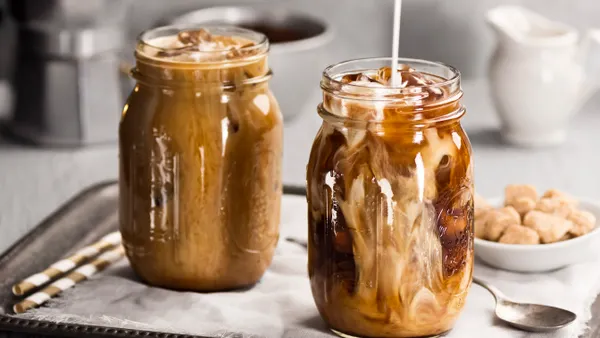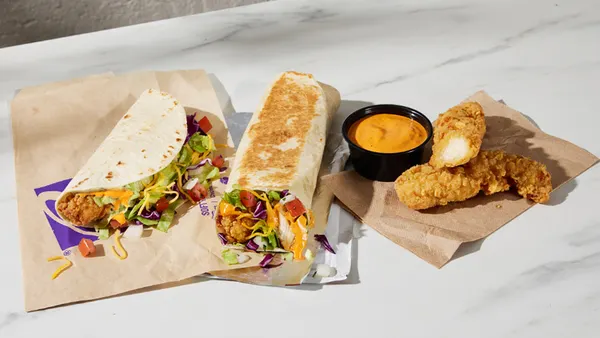Dive Brief:
-
Restaurant sales continue to climb as menu prices rise, but the industry remains plagued by declining traffic, according to TDn2K’s most recent restaurant snapshot. October marked the fifth consecutive month of positive comparable sales growth at 0.8%. Traffic, meanwhile, fell more than 2%.
-
Analysts attribute customer loss to restaurant oversaturation, where independent operators gain steam and outside players from grocery to convenience stores snag more of the prepared food market. Labor retention for both managers and hourly employees also regressed, though 58% of industry companies plan to add hourly workers during the fourth quarter. Analysts warn those trends might not last into 2019.
-
Despite fewer limited-time promotions, guest check upticks likewise continue to offset slow traffic, growing 3% in October — the highest rate in the last three years. The fast casual and casual dining experienced the best sales growth last month, with both posting growth rates above 1%.
Dive Insight:
Restaurants no doubt welcome average ticket growth, but customers might not tolerate the correlating higher prices for long. And for the last decade, those prices have been rising faster than retail food prices. That means a restaurant meal generally costs three times more than eating at home.
An aging U.S. population plays into declining traffic, as baby boomers dine out less frequently and actually eat less overall than their younger counterparts. Millennials simultaneously express keen interest in cooking, though more than half of them dine out at least three times a week. But elder millennials have also started having children, which could decrease the amount of money and time they spend at restaurants.
Fast casual has definitely benefited from that reality, where customers see affordable prices for decent quality and convenience — without gratuity on top. That segment has been working hard to create a seamless experience for customers, no matter where or when they order. Chains across the board have added self-order kiosks, second kitchen lines for delivery orders as well as separate pick-up counters and video boards inside and at drive-thrus. All that technology frees up employees to better cater to customer needs. Additionally, design upgrades appeal to modern sensibilities and broader restaurant trends like communal tables.
Fast casual chains seem to be banking on a combination of sleek tech and comfortable spaces to keep customers in their restaurants, while also looking forward to a time, not too far down the line, when take-out and delivery becomes the norm rather than the exception.
But the restaurant delivery landscape, where sales have jumped 20% since 2013, is still complex, as NPD Group found in its "Future of Foodservice" report. For starters, customers increasingly order breakfast and lunch, while dinner sales have stayed the same. Digital delivery apps have definitely made ordering easier for customers — and often more painful for restaurants — but about half still order through the phone.
Meanwhile, food prices and rising wages have forced restaurants of all sizes have to adapt to the new normal in different ways. Many have opted for higher menu prices, or changing the way they run their restaurants entirely. The USDA estimates that food-away-from-home prices will rise a “consistent” 2% to 3% in 2019, so restaurants and consumers will have to find a way to cope in the meantime.



